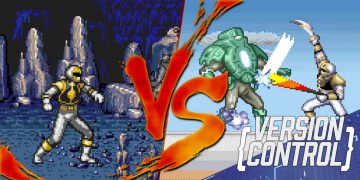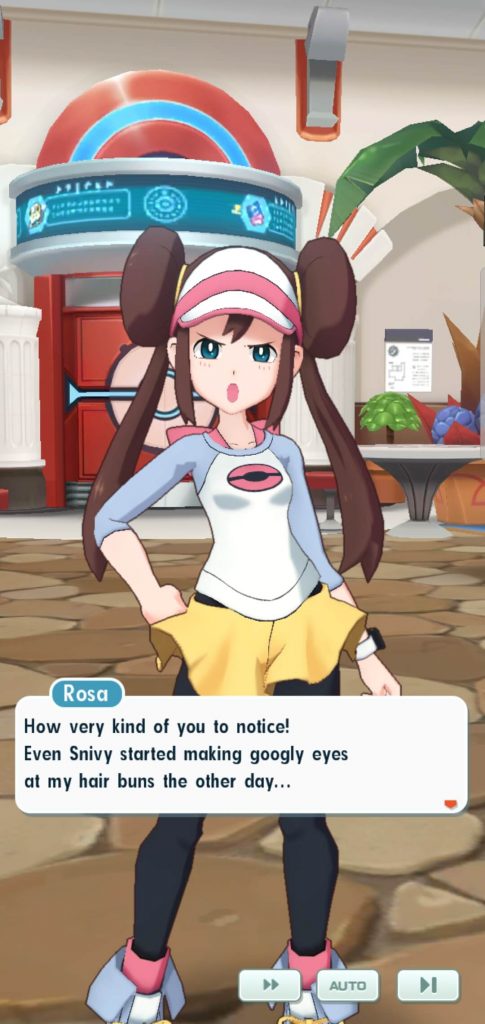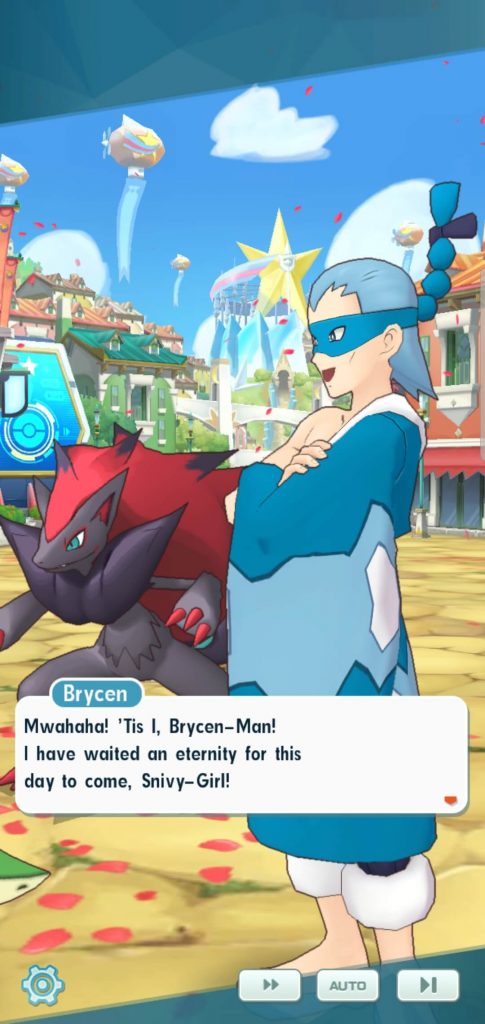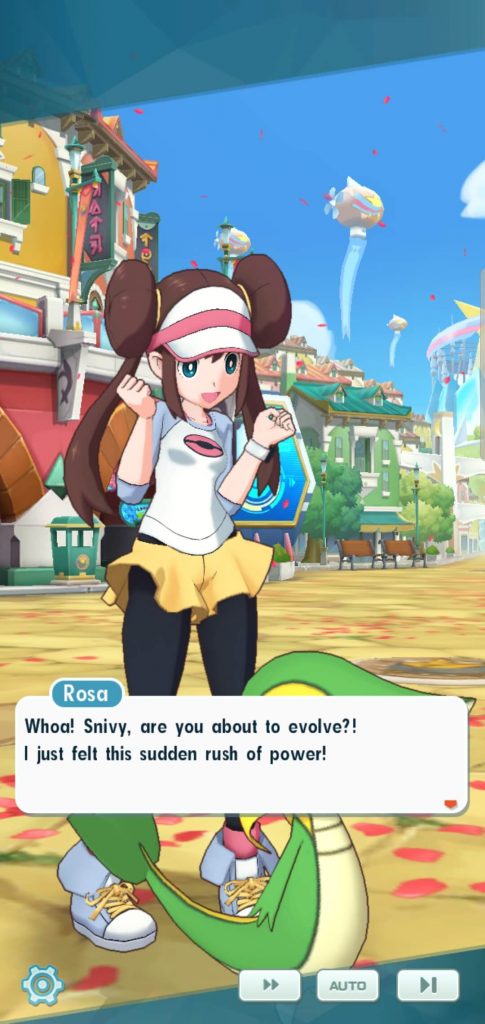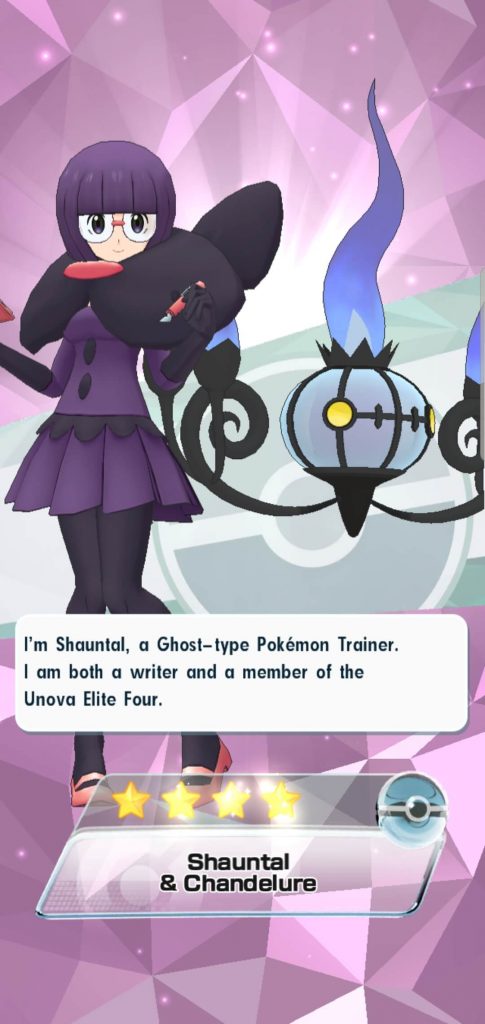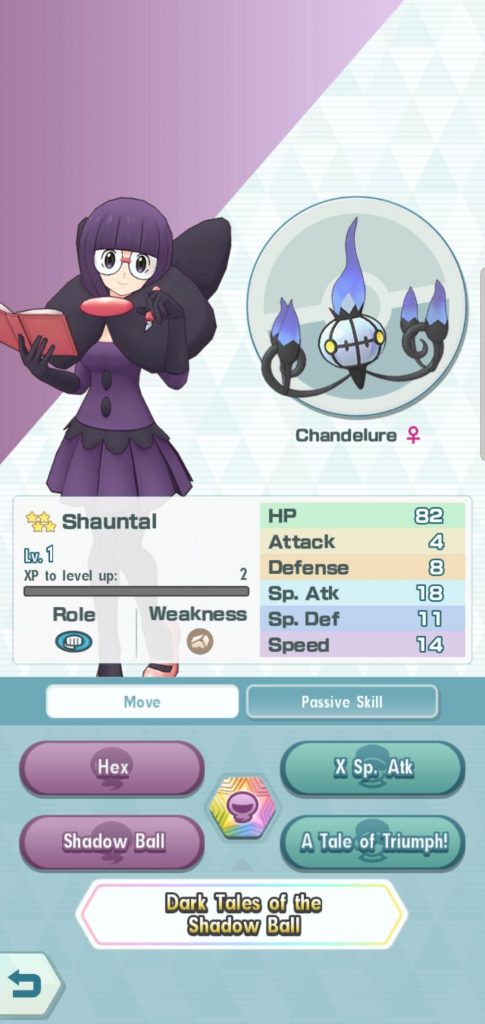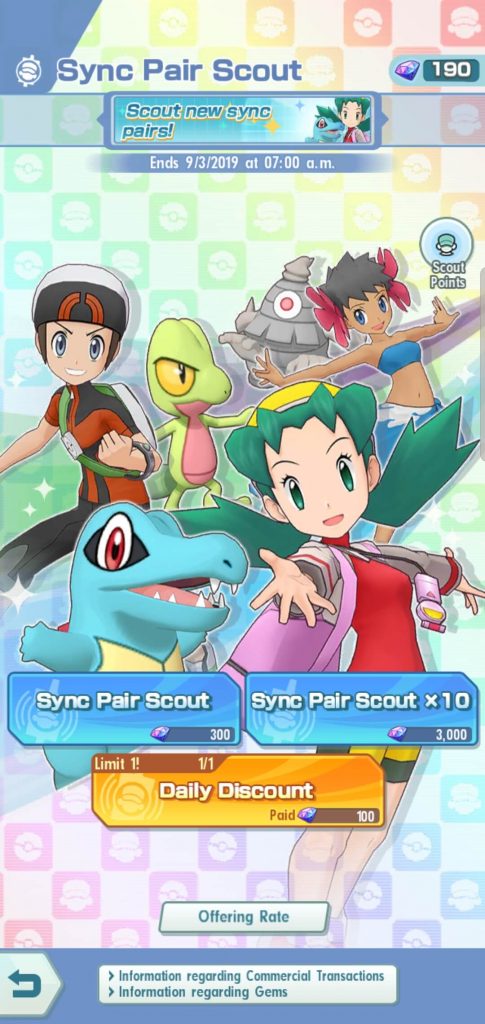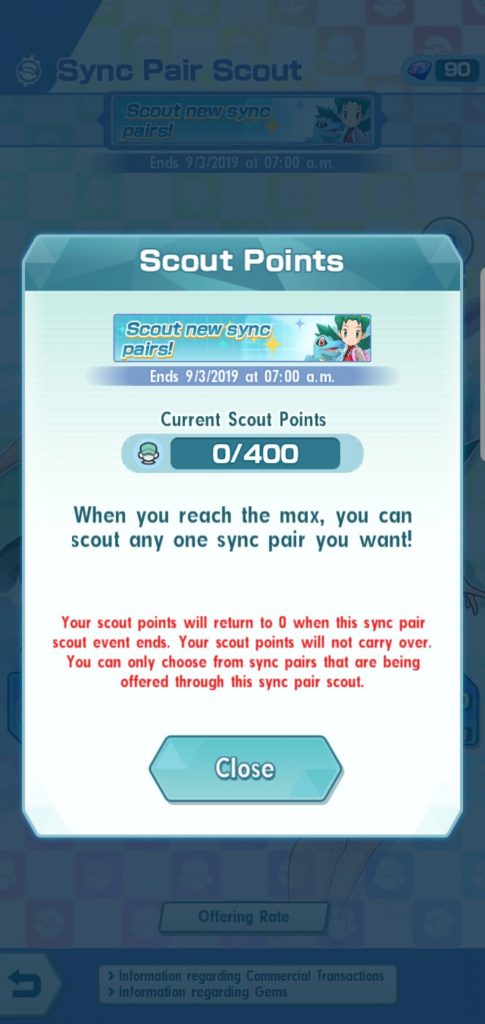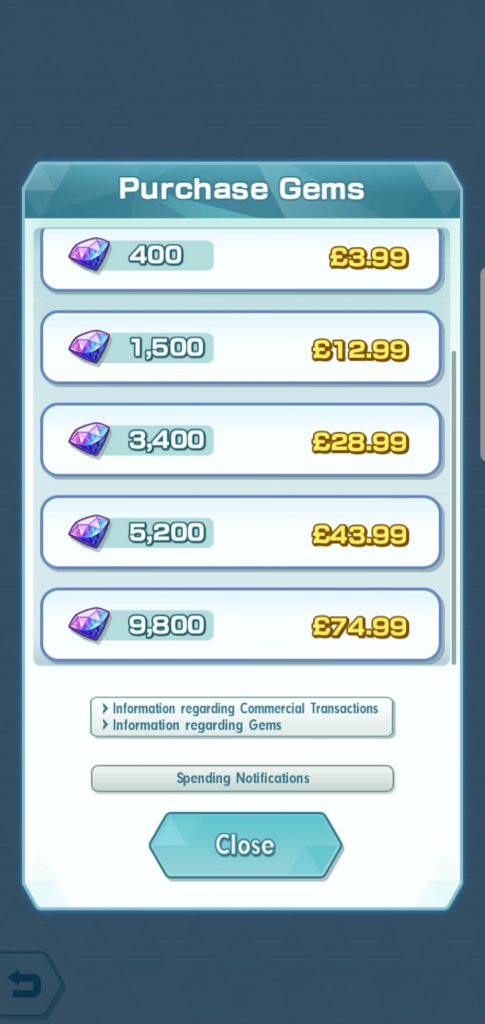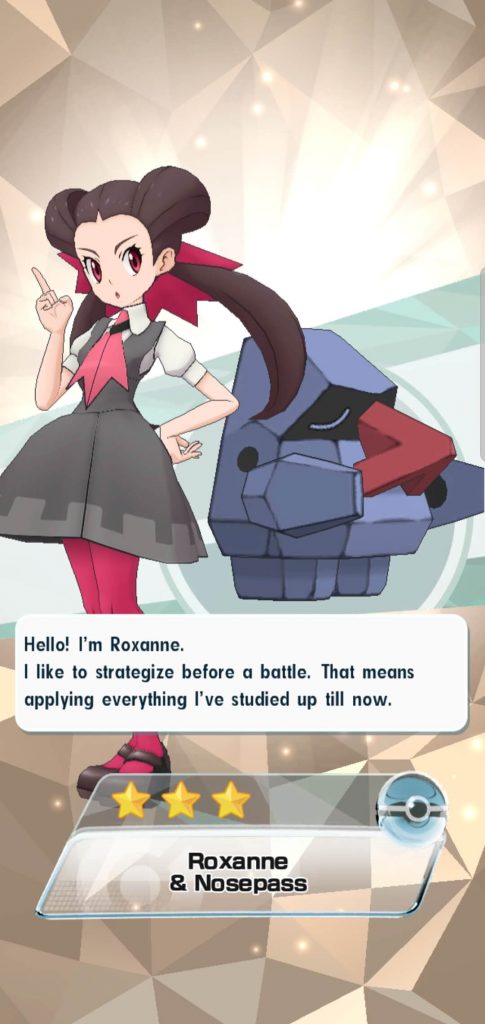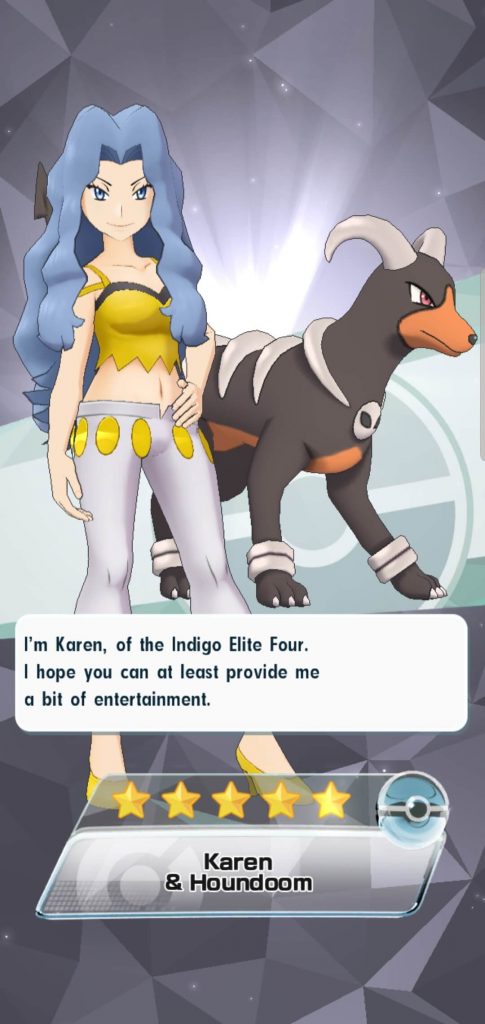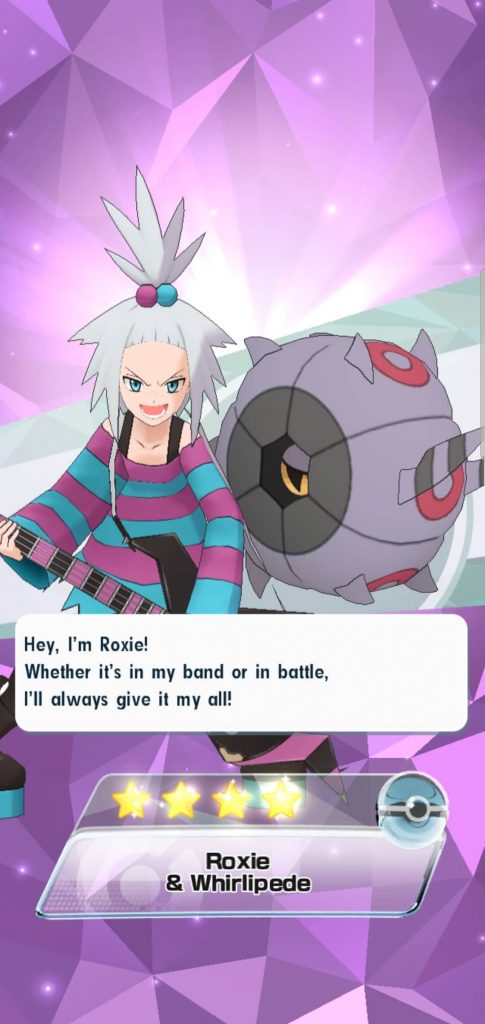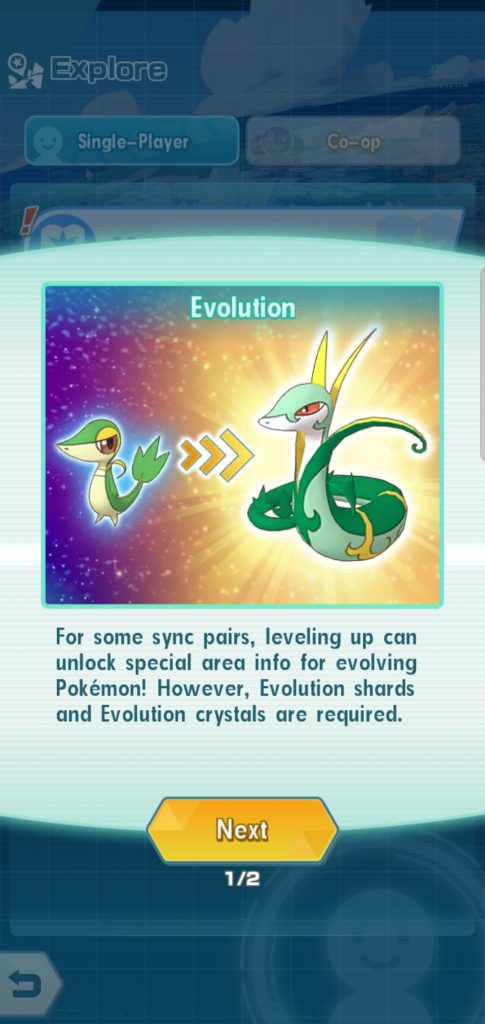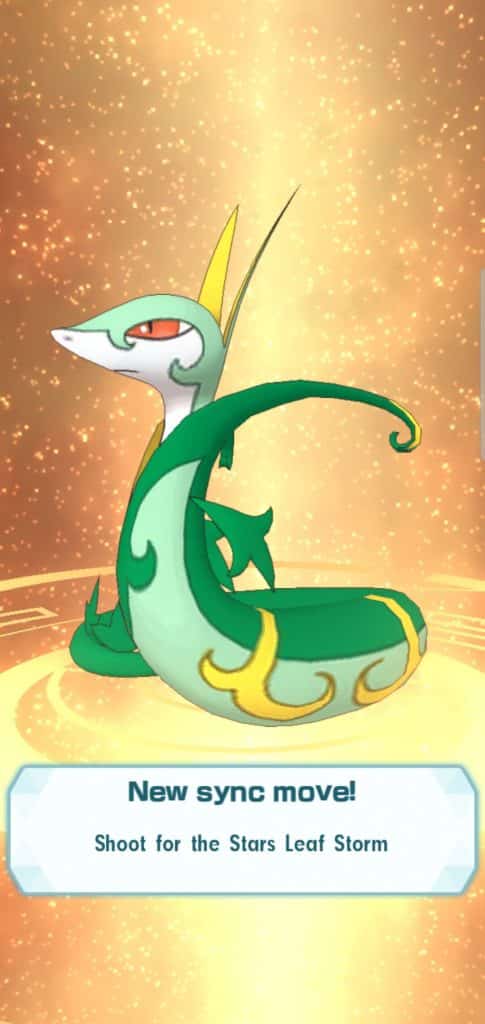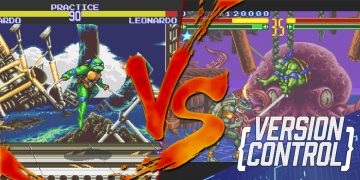Now available in a preview-form (effectively an open beta), the latest mobile game from The Pokémon Company and DeNA, Pokémon Masters, definitely stands out from the previous mobile Pokémon games in some very exciting ways. But, it has to be said, it’s not all good news. We’ve had the chance to put some time into the game ahead of its full, global release in the coming weeks and build some initial impressions about this new spin on Pokémon gameplay and the mobile game trappings it’s wrapped up in.
There will not only be more content in that final release, but quite likely some mechanical and balance tweaks, so this article comes with a heavy caveat that things can change – though we don’t think the majority of what we’ll touch on will.

A new kind of Pokémon adventure
Set on Pasio, a special, artificial island – separated from any of the existing Pokémon regions and, notably, absent of any wild Pokémon – Masters flips the idea of “catching ’em all” on its head. Rather than having a Pokédex to catalogue the Pokémon you collect, you’ll instead travel Pasio with a Poryphone in hand.
This Porygon styled phone (which, much like the Rotom Pokédex in recent Pokémon games, does seem to actually be made out of a Porygon) carries a few important functions. The first of which is a ‘Dex’ of all the available Sync Pairs – the combinations of a Trainer and their signature Pokémon – available in the game.

The other key function of the Poryphone is to allow you to use Sync Moves – special Z-move style attacks that, if applicable, will also Mega Evolve your Trainer’s Pokémon. These Sync Moves, much like the rest of the combat in this game’s ‘real-time’ battles, require charging before use. So you won’t be able to just rely on them to steamroll lower level trainers – but extended Boss battles will definitely see them being a key component in your victory… or theirs.
While the battles are advertised as ‘real-time’, the truth is that they’re more like a Final Fantasy style Active Time Battle system. A segmented bar along the bottom of the screen will continuously fill up during the battle. Each move costs a specific amount of segments – a bit like energy cards in the Pokémon Trading Card Game if you want to think of it that way. Balancing being able to attack at all and storing up the required energy is a tricky, but necessary component of the game. This places a lot of focus on the quality of the Sync Pairs in your squad – characters that can attack quickly, powerfully and – ideally – more than one target at once are the most valuable of all.
You must also balance the kind of attacks your Sync Pairs can do with what type they are. Rather than in the main Pokémon series, where Pokémon can have up to two types and multiple strengths and weaknesses as a result, in Masters each Sync Pair has a single type and a single weakness. For example, Karen, a member of the Elite 4 from Pokémon Gold and Silver uses Houndoom, a Dark/Fire type. In Masters, Houndoom is simply a Dark type and has just one of the Dark type’s weaknesses – the Fighting type.
This might initially seem like an oversimplification of a system that works just fine in the main series, but it quickly makes sense when you get going in Masters. As you’re working with a few dozen Sync Pairs rather than several hundred Pokémon to choose from, this boiling down of one of Pokémon’s most integral mechanics not only makes the game’s 3-on-3 battles much more manageable, but also significantly increases the viability of its cast of characters.
By being significantly more in-depth and reactive than Pokémon Go‘s incredibly dull “tap the screen until you either win or lose” ‘battles’, Masters does an incredible job of bringing a more complete Pokémon experience to your mobile. But, it’s not without its downsides. The ‘real time’ battles can quite often become “wait around for a bit to charge up” battles. You can have quite lengthy periods of not doing anything at all – even when set to the fastest of three battle speeds.
There is also the option to let the game’s battles play themselves out automatically. This is quite common in similar mobile games and can certainly be very tempting to use to storm through the game or grind out levels or items with. The battles are worth engaging in, though – and there’s honestly not a huge amount else to the game to make missing out on the biggest source of real gameplay worth it.
The cost of battle
As you might expect, given that this is a modern ‘free to play’ mobile game, there are indeed premium currencies and micro-transactions. Masters keeps things relatively simple by only offering one kind of currency – the ever imaginatively named ‘gems’. Slightly complicating matters, though, is the fact the game distinguishes between gems you earn through playing the game and those you buy with real money.
This distinction (currently) only applies in one instance of being able to run a daily ‘scout’ – the game’s term for randomly collecting one of the available Sync Pairs – for 100 paid gems. Effectively this is a cheap daily bonus for paying for gems at all. But, while you cannot use your freely earned gems for this feature, the game will happily help itself to your paid gems used to make up any shortfall in other transactions. It’s something to be cautious of if you want to be able to use this daily draw feature – keeping your supply of paid gems in hand for it is entirely up to you to manage.

So far, your gems – paid or otherwise – can only be used for the Sync Pair scouting options. A single scouting mission costs 300 gems, or you can save up and do ten in one go for 3,000. There are no better odds and no guaranteed level drops for doing the multiple draw in this preview build – but perhaps that will change later on.
Much like Fire Emblem Heroes, there are multiple season-like ‘banners’ under which you can run these scouting missions. As it stands, there is just the one – set to expire early in September – but it seems likely that there will eventually be times where multiple options are available with different Sync Pairs, odds and, possibly, costs.
Each scouting mission nets you 3 ‘Scout Points’ that will go into a total for the duration of that banner. Collect 400 before the expiration date and you’ll not only gain a free scout, but will be able to manually select whichever Sync Pair you like. Unfortunately, as compelling as that sounds – to be able to collect that many scout points would mean running 133 scouting missions at 300 gems a pop – or 40,000 gems total.
The game’s not excessively stingy with doling out the free gems – you can currently expect to collect enough to do a 300 gem scouting mission about once a day – but you’d absolutely have to buy the majority of the gems required to meet that total. At £74.99 for 9,800 gems as the best value option, you’d literally need to spend hundreds of pounds to use your scout points. Effectively, it’s a feature that exists purely to incentivise wasting vast quantities of money on the game.
Thankfully, it is the only true example of the game’s nastier Free to Play side. Unlike most games, Masters doesn’t artificially block you from playing the game as much as you want to with some sort of stamina system. You can quite easily throw the game into auto mode and grind out its repeatable training battles to collect all the items and experience you need to upgrade your characters and progress.
Pairing off
Each Sync Pair has a base star rating that’s largely based on their status as Pokémon trainers from their original games. Protagonists, the Elite 4 and Champions are the primary 5 star characters – though there are examples of those categories that are also lower tier. Each tier has an option to be able to use an item to upgrade them – including the 5 star characters – but the items to do so aren’t currently available.
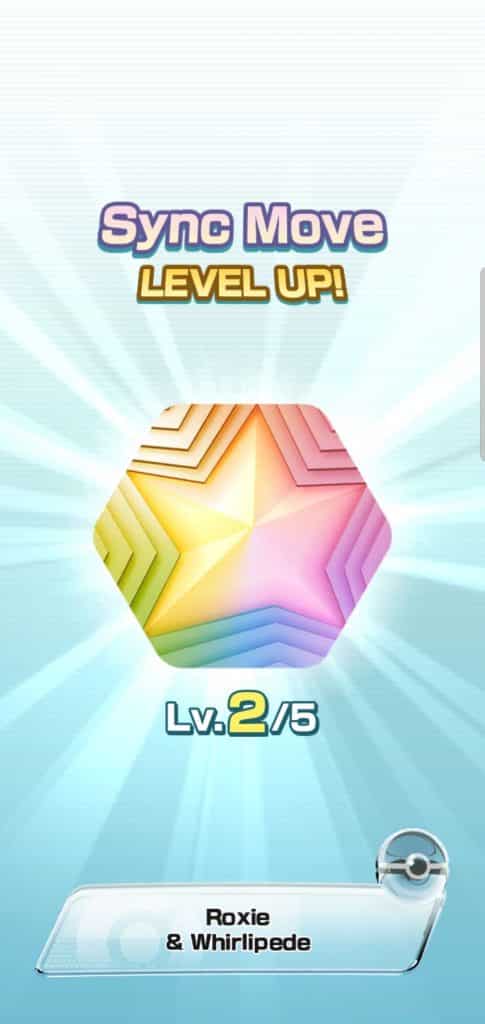
The game instead powers up that character’s Sync Move.
While most Sync Pairs are separate characters, some characters will be available with different ‘Synga Suits’ that not only change their outfit, but their partner Pokémon.
For example, Brock normally uses Onix, but his Synga Suit variant uses Tyranitar. During the game’s story, you’ll collect this Brock variant for free but it does seem likely that in the future there’ll be plenty of other Synga Suit variations to Scout for. Even though they are collected separately, though, you still won’t be able to use both on your team at once. No Brock threesomes to be found here, unfortunately.
The odds for collecting 5 star Sync Pairs through the scouting missions is a relatively generous 7% right now. But the lower starred trainers are not necessarily worthless, either. Indeed, some shine on their own terms for having more useful attacks that cost less or target multiple foes at once. Or they could simply be a type that is not heavily represented otherwise and so their super effectiveness in battle is more than worth any stat differences.
The biggest, immediate difference you’ll run into are the maximum level differences between the star ratings. Although you’ll be able to use items to raise the level caps of your Sync Pairs, the lower the star rating, the lower this maximum level will be. You won’t be able to get 4 star or lower trainers to level 100.
For certain trainers you’ll also be able to evolve their Pokémon after you raise their maximum level to a certain amount. Achieving this also means completing one of the game’s various Sync Pair stories.
While each Sync Pair comes with at least one of these story missions – effectively a short character building scene that doesn’t involve having to do anything but will give you gems in return for completing it – the evolution mission will instead be a tough 1 on 1 battle that you must win in order to evolve that Pokémon.
You’ll also need to buy evolution items using in-game coins – but these are relatively inexpensive and by the time you get to this point in the game shouldn’t be a problem to pick up.
These single battles can feel a bit of a tease, too. While it’s clear that the battle system is built around managing 3 Pokémon at once – if for no other reason than to give you something to do while waiting for your energy to charge – it still can be a somewhat overwhelming experience. In these calmer, more focused, fights the game comes closest to evoking the feeling that you’re playing a true Pokémon game.
A solid new beginning

Overall, the engaging writing of the game’s plot and characters and the satisfying – if not perfect – battle system make for a Pokémon game very much worthy of the name. If this game were on the Switch and replaced navigating menus with controlling your character through an actual, explorable, Pasio, it perhaps would be a must-play game on the console.
As it is a mobile game, though, that lack of direct action for the most part and the inclusion of free to play mechanics that really shouldn’t be anywhere near a franchise like Pokémon, unfortunately do detract from the experience.
There’ll be plenty of Sync Pairs you can recruit and plenty of gameplay to enjoy without needing to spend any money on the game but it’s hard not to feel like these trappings just hold the game back. Without them, Pokemon Masters could be the most dynamic and exciting spin on the Pokémon franchise for quite some time. As it is, it’s a solid mobile game that we’d recommend – but with some significant caveats.
Sometimes we include links to online/app stores to buy and download the games we're reviewing. Purchasing a game through these some of these links may mean we receive a (very) small commission. These are never taken into consideration within the review itself. Please see our editorial policy for more information.
Review Policy
Our reviews are subjective opinions on a game made by the author. Please take these scores as a general guide that simply sums up their feelings and very much feel free to disagree (politely) below!.
For more information on our review policy, please click here.









